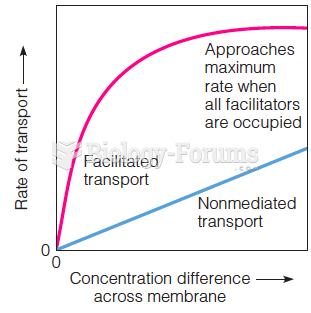Answer to Question 1
Answer:
An ideal response will:
1. Explain that the United States spends 15.3 percent of its GDP on health care, 4 percent more than the next country, which is Switzerland at 11.3 percent. But even with this spending, the United States has the second-lowest life expectancy among advanced democracies discussed in the text, and the second-highest infant mortality rate.
2. Explain that the United States spends almost twice as much as Japan on health care, but U.S. life expectancy is 4 years shorter than Japan's, and the United States has over 2 times the infant mortality rate.
3. Discuss that many of the leading causes of death today are linked to heredity, personal habits, and lifestyles (smoking, eating, drinking, exercise, stress), and the physical environment. Doctors and hospitals have no direct control over such factors. Some therefore argue that changing personal habits and lifestyles, rather than increasing medical care, is the best way to promote health.
Answer to Question 2
Answer:
An ideal response will:
1. Explain that health care reform, and thereby Obamacare, largely fails to contain the nation's burgeoning health care costs.
2. Discuss that lawsuits against physicians, hospitals, and insurers are a major cause of increased health care costs. Physicians must pay exorbitant fees for malpractice insurance. More importantly, physicians are prompted by fear of lawsuits to order numerous tests and procedures not necessary for good medical practice.
3. Obamacare and Congress failed to include any provision for the reform of medical malpractice litigation. Tort reform would pay for the actual lifetime cost of medical errors but place a cap on pain and suffering damages.







